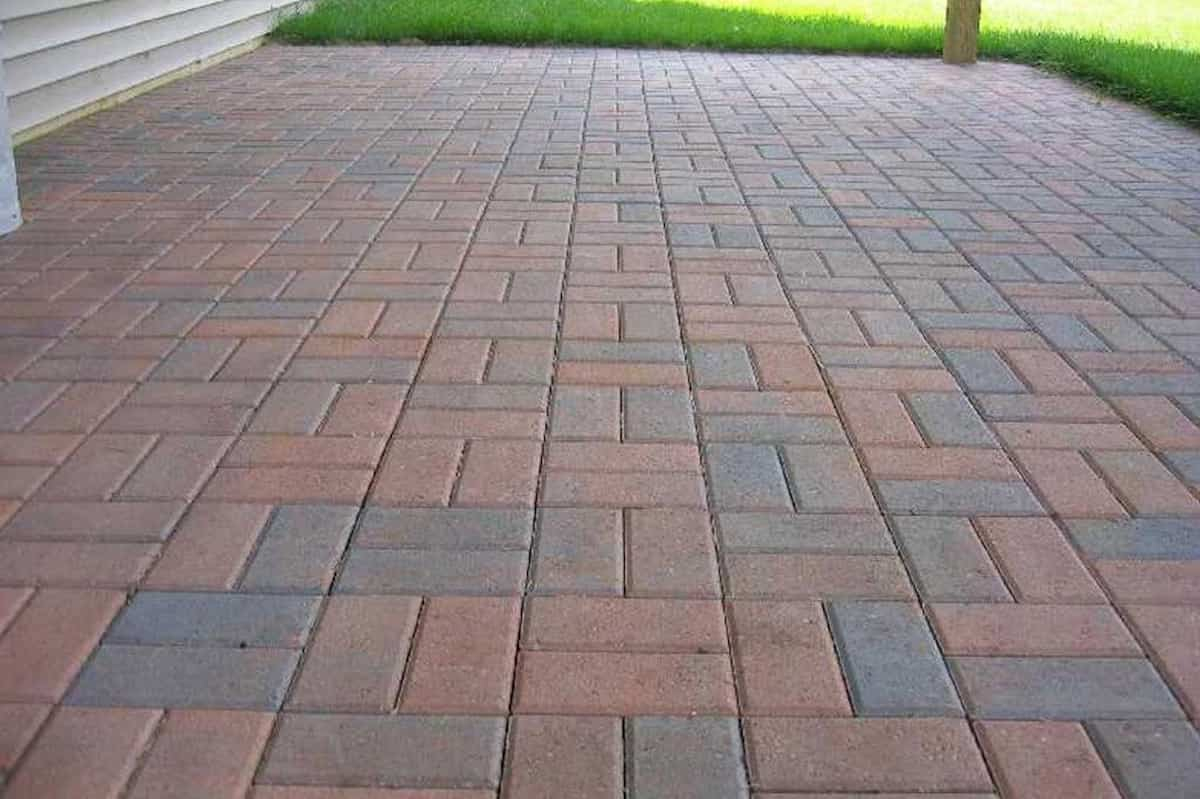A time is set for spending quality time with the family in the living room. Due to the prominence of the floor, the selection of ceramic and tile patterns that cover the floor should be done carefully.
The ceramic floor in the reception area has been created with the aim of harmonizing everything and creating a calm atmosphere.
The beauty of ceramic tiles has been visible in all stages of the design of the reception hall.

The use of ceramic tiles throughout the house, including in the decoration of the reception hall, contributes to its overall appeal.
People have the misconception that pottery suitable for reception halls is used for more than just a beautiful piece.
In addition, ceramics keep the wall and floor of the reception hall in good condition and make it easy to clean and maintain the wall and floor of the reception hall.
These reception ceramic tiles are also suitable for use as flooring in other places such as bedroom, lobby, dining room, children’s room and other rooms.
The ceramic and synthetic floor tiles used in the reception area come in a variety of styles and patterns to choose from.
When it comes to ceramic flooring, there is a wide selection of colors and designs to choose from.
Lighter-colored ceramics have a light-expanding effect, making them ideal for use in tight residential quarters.

If desired, ceramics can be used in light and dark colors in the large living space. When it comes to getting dirty, darker colored ceramic wall tiles take longer to get dirty than bright white ones.
Ceramic variations that are now available in various wooden forms have become a popular choice not only among interior designers but also among customers.
The types made of ceramic may be obtained in different shapes. It is very easy to recognize the knots in the real wood in the pattern that is created as a result of overlapping the layers of this ceramic model.
When developing the living room of a house, considerable attention should be paid to the exterior of the building and its interior architecture and design.
You have seen several different types of ceramic floor coverings in this post, each of which has a different design and color than the others.
With this in mind, we hope the previous examples will inspire you to choose ceramics for your home that have the ideal design and color combination.

ceramic tile for living room
When choosing the color of pottery for the living room, it is important to consider the size of the room as well as whether it is compact or spacious. Because the color of the ceramic and tile house has a great effect on whether or not it looks bigger or smaller.
Ceramics with lighter colors are usually recommended for use in smaller spaces due to space constraints.
Brown and its associated shades are consistently chosen as one of the most popular colors for pottery. Ceramics with a parquet design can also be placed in this section if there are conditions.
One of the most important success factors of this style and color is the ease of combining it with a wide range of household items that are in its vicinity.
In addition, for this reason, white, peach and cream colors are most used for pottery.
If you are looking for unusual and stronger colors, gray (red), grey, black, blue or jade ceramics can also be great options for a dining room or kitchen. Ceramic jade is also an option.
Is a ceramic floor with a glossy or matte finish more desirable?
The use of ceramics with a matte coating has become as common in the design and decoration of contemporary houses as the use of ceramics with a glossy coating.
We are of the opinion that matte ceramic models should be used instead of glossy models to reduce the reflection of stains and pollution and better resistance to traffic, preferably in high-traffic areas where regular cleaning of ceramics is impossible.

This is because matte surfaces show less dirt and stains.
Many settings are possible using ceramic tiles
There are several different ways to install porcelain tiles next to each other. Below are four common patterns for arranging tiles in a layout:
Simple and uncomplicated design is one of the oldest layouts and also one of the most popular. Imagination is a tool that can be used in this method to create beautiful and attractive patterns.
It’s entirely up to you to decide if you want to use the checkered tile layout or not, as they are an extra choice.
The use of zigzag pattern design is not only very innovative and unique in its kind, but also hides a significant number of empty places in the house.
This configuration is not meant to be boring for the audience and successfully draws their attention to the floor.
Unlike the zigzag pattern, the vertical arrangement forces the viewer’s gaze to move from top to bottom in a horizontal plane. while the diagonal pattern directs the viewer’s gaze in a diagonal direction across the screen.

ceramic tile patterns
Distinctive changes in ornamentation, initially brought about by the patterns and motifs we see on ceramic tiles, have since been accompanied by the emergence of plant motifs.
The design of ceramic tiles was raised in relation to the question of what other uses it might find besides toilets and showers.
Arrangement of ceramic tiles for the kitchen
Ceramic tiles are used for tiling the entrance.
Bathroom tiling is ceramic.
Ceramic tiles are used to create a model for living and dining spaces.
Ceramic tiles are installed in the bedroom.
Ceramic tiles cover the surface of the wall.
Some of the more modern designs for glass ceramic tile designs use a variety of geometric shapes that are juxtaposed in different ways, such as juxtaposing rectangles and hexagons.
If you are interested in these models, you should not be afraid to combine different shapes. On the contrary, you have to combine them in an approach that is dangerous.

When working with these patterns, it’s important to remember to avoid crowding them with other patterns.
They are often found on the walls of rooms, toilets and even bathrooms. Tiles can be found in a bewildering array of colors and patterns, as shown by the stark contrast between plain white tile and intricately patterned wood tile.
The maximum size allowed for a tile is 18 inches by 18 inches. More people prefer larger tiles.
One notable exception to this rule is when floor tiles are made of mosaic sheets (small tiles glued to mesh backing sheets).
For years, bathroom floors have been covered with traditional one-inch hexagonal mosaics. When it comes to wall and floor tiles, there is no single option that stands out as superior.
Both floor tiles and wall tiles have a very similar appearance. However, wall tiles are often thinner, which can allow for additional design and color.



